
Rugose Spiraling Whitefly
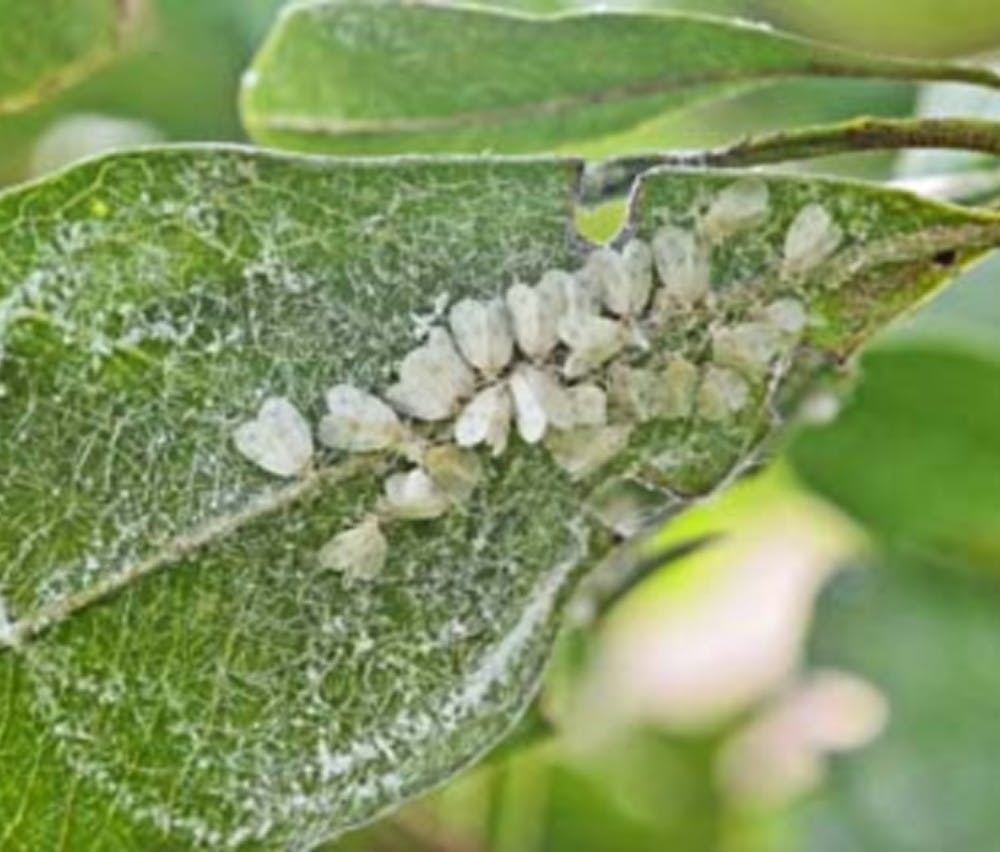

Gallery
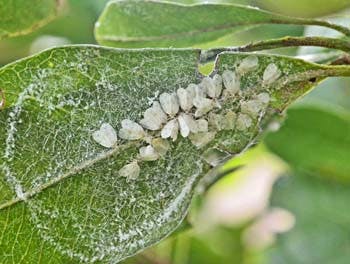
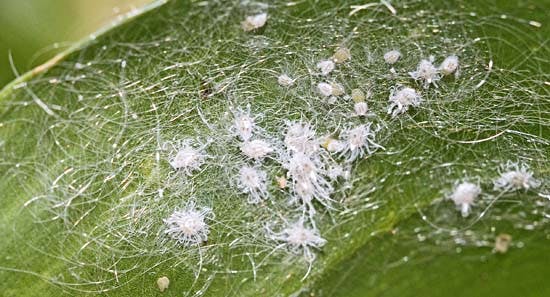
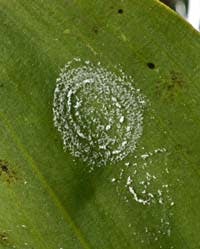
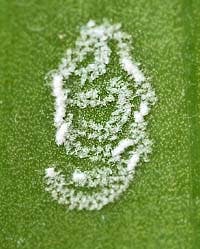
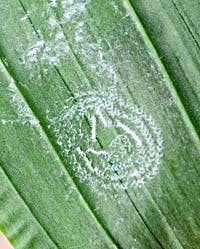
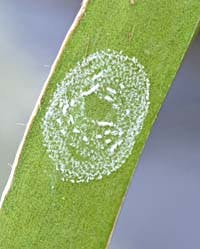
Symptoms
This is a large whitefly (as whiteflies go) that lays its eggs in characteristic spiraling arrays on the undersides of leaves.
Treatment
Minor orchid infestations may be treated with Neem or Horticultura Oil, or Safers Soap. Follow label instructions carefully with all agricultural products. A safe home remedy is peppermint castille soap mixed at a rate of 1 tsp per quart of water. Spray affected areas with spray nozzle set on jet to wash away eggs or nymphs.
Prevention
If you see isolated white egg masses arranged in a spiral array on the undersides of orchid leaves, wipe them off with warm, soapy water or wipe them away with rubbing alcohol and a cotton-swab making sure to remove all the eggs in the pattern.
Additional Information
New pest invades the South Florida landscape.
We have had walking catfish, giant pythons, iguanas, Meleluca, Japanese climbing fern, killer bees, and a host of other non-native insect, animal and plant pests invade the state. The latest insect making the northward march from Dade County is the Rugose Spiraling Whitefly (Aleurodicus rugioperculatus), aka Gumbo Limbo Spiraling Whitefly.
What makes this insect such a problem is that it is not a fussy feeder and will infest gumbo limbo, black olive, banana, mango and palm trees as well as numerous shrubs and yes, orchids too! The adult insects are larger than other whiteflies and are slow flying. Like most pests they multiply rapidly and severely infested landscape plants can appear as if dusted with snow. The good news is that it appears the insect itself does not cause severe damage (on landscape plants) such as plant death or branch dieback. The bad news is that the insects excrete massive amounts of sugary honeydew which provides an incubation ground for sooty mold. Cars and patios under infested plants can become coated with the sticky substance. While we don't yet know the threat the pest poses to orchid growers, we do know that sooty mold can cause extensive damage to orchids.
This white fly was described in 2004 from specimens collected on coconut palms in Belize. It was was first found in Miami-Dade County on March 11, 2009, by a FDACS DPI inspector. So far the insect has been reported in Miami-Dade, Monroe, Collier, Lee, Broward and Palm Beach counties.
If you see an isolated egg sprial on the underside of an orchid leaf, simply wipe it off. Minor orchid infestations may be treated with Neem or Horticultura Oil, or Safers Soap. Follow label instructions carefully with all agricultural products. A safe home remedy is peppermint castille soap mixed at a rate of 1 tsp per quart of water. Spray affected areas with spray nozzle set on jet to wash away eggs or nymphs. For control on landscape plants refer to the IFAS Extension website.

FREE ACCESS: Orchid DealWire
Get notified when orchid vendors have special promotions and exclusive savings.



